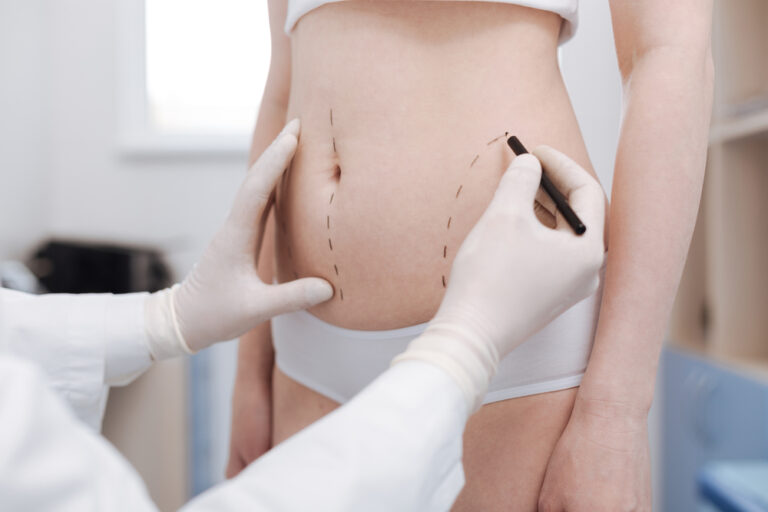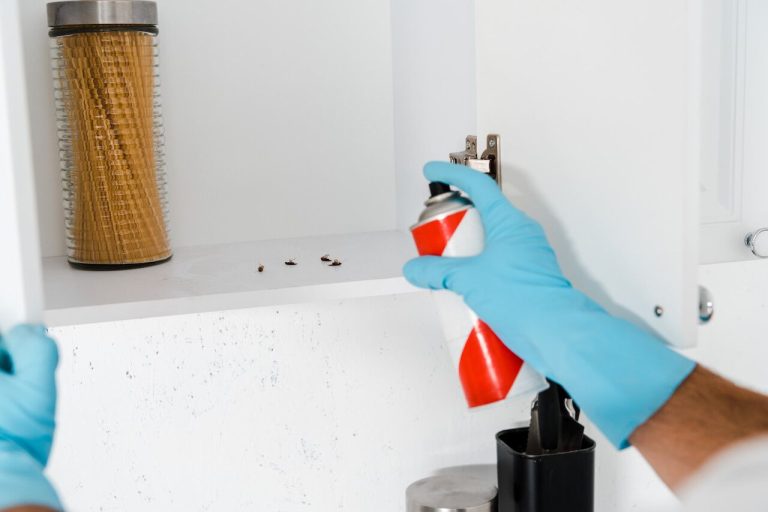Varicose veins are enlarged, twisted veins that can cause swelling in the legs and ankles. Varicose veins...
Day: April 1, 2022
When you have a newborn or move to a new location with your kid, selecting the right...
Ptosis is when the upper eyelid droops or lowers due to loss of support from the levator...
As the years go by, changes in your skin are inevitable. Some of these changes can be...
Becoming a parent is among one the major goals of many individuals. It’s unfortunate not everyone gets...
Recovering from drug addiction is difficult, especially during the withdrawal phase. Signs of aging and chronic are...
If you have excess fats in your body and wonder how to remove them, liposuction might be...
Like most women in Houston, Texas, you may not know what a fibroid is. You may have...
The M1 Chip Camera Battery and Charging 5G Connectivity Display Storage What Else Is New in Apple?...













